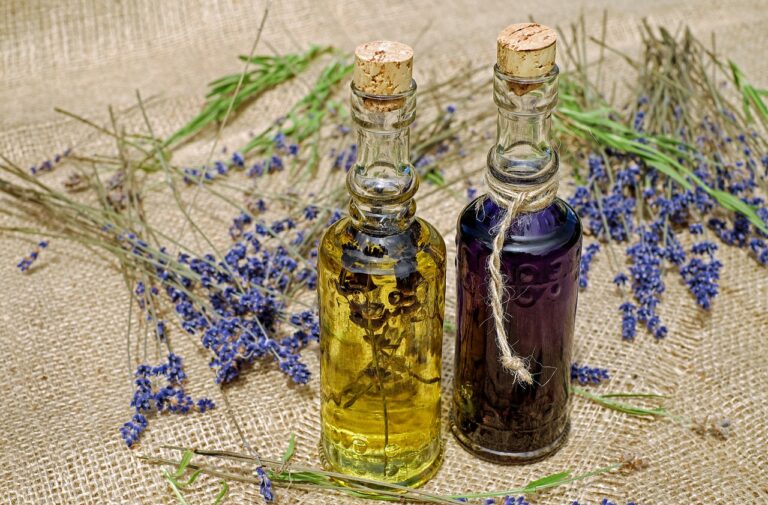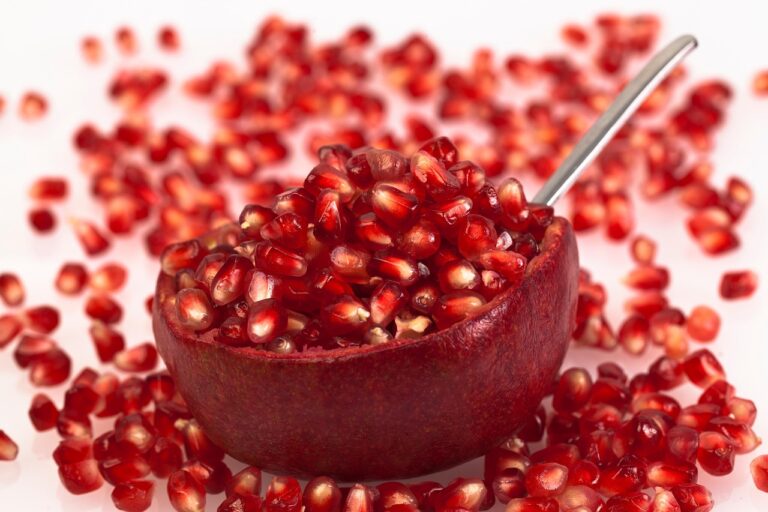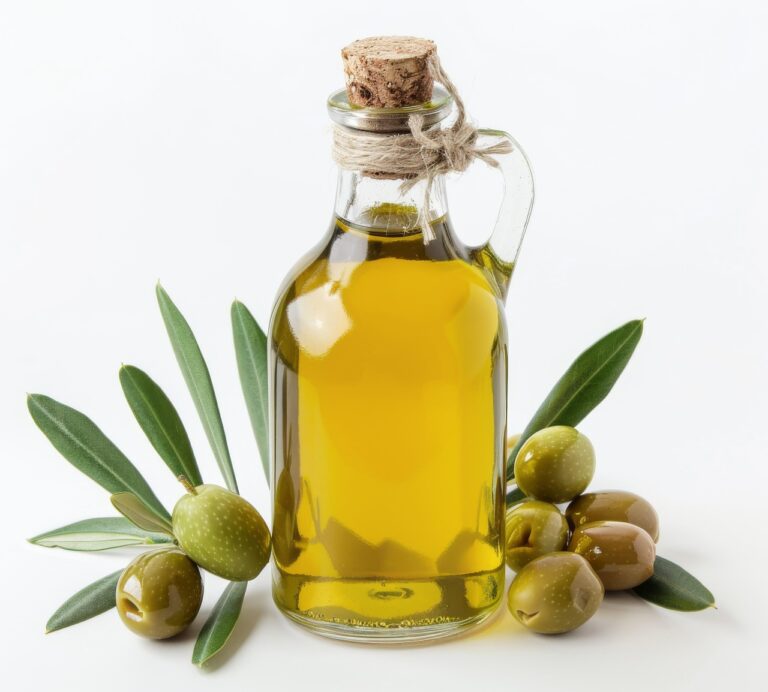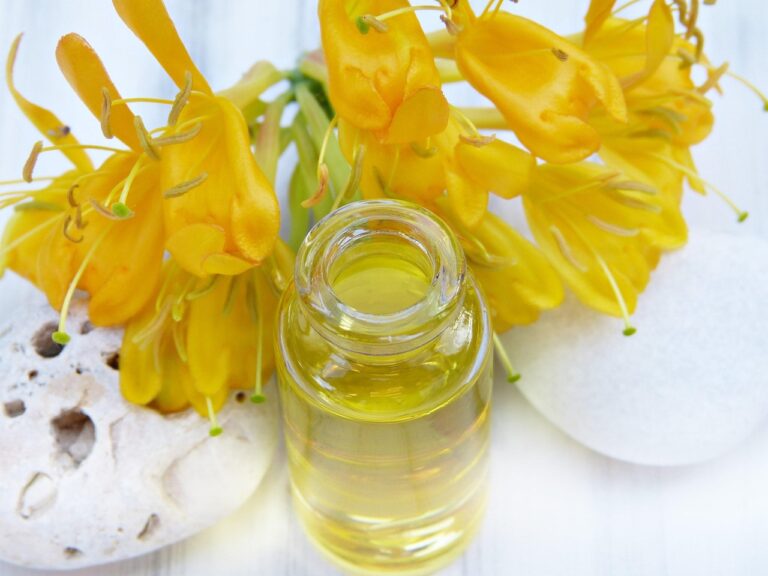Healthy Beauty

Healthy Beauty Discover the best natural skincare products for radiant, healthy skin. Explore our collection of high-quality, responsibly-sourced natural skincare products.
More people today are choosing natural skincare products to care for their skin. They are worried about synthetic chemicals. Organic beauty products offer safer options for sensitive skin.
Non-toxic beauty products also help protect the environment. This makes them a top choice for conscious consumers.
This guide explains why natural skincare matters. You’ll learn to spot harmful ingredients and understand product labels. You’ll also build a routine that supports long-term skin health.
Discover the benefits of choosing natural over conventional beauty products.
Key Takeaways
- Natural skincare focuses on ingredients like plant extracts and essential oils.
- Organic beauty products avoid harsh chemicals linked to skin irritation.
- Non-toxic beauty products reduce exposure to synthetic additives.
- Reading labels helps identify truly natural ingredients.
- Switching to natural options can improve skin health and sustainability.
Understanding Natural Skincare: What Makes It Different
Exploring natural skincare products can be tricky. The term “natural” seems simple, but the beauty world’s rules are unclear. Here’s how to pick products that match your beauty goals.
Defining “Natural” in Beauty Products
Terms like “natural” or “clean” are not officially defined. This means many non-toxic beauty products called “natural” might still have synthetic parts. Look for brands with clear lists of plant-based ingredients and avoid vague terms.
- Unregulated terms: “Natural,” “Organic,” “Clean”
- Red flags: Ingredients you can’t pronounce or lists filled with chemical-sounding names
Common Harmful Ingredients to Avoid
Some common additives in skincare can be harmful. Here are the ones to steer clear of:
- Parabens: Linked to hormone disruption.
- Phthalates: Tied to reproductive health concerns.
- Synthetic fragrances: Often cause skin irritation.
- Sulfates: Strip skin of natural oils, causing dryness.
Choose non-toxic beauty products with gentle alternatives like coconut oil or shea butter instead.
Reading Labels: What to Look For
To start a clean beauty routine, learn to read labels. Look for products with:
- Short, pronounceable ingredient lists
- Certifications like USDA Organic or Leaping Bunny (cruelty-free)
- Transparency about sourcing and testing methods
Choose brands that clearly list ingredients. A clean beauty routine is about trust in the brands you support.
The Benefits of Switching to Natural Skincare Products
Choosing natural skincare is more than a trend. It’s a move towards healthier, happier skin. Organic beauty products work with your skin’s natural processes. They offer benefits that harsh chemicals can’t match. Here’s what you gain by making the switch.
- Gentle Care for Sensitive Skin: Ingredients like chamomile and aloe soothe irritation. Ideal for those with sensitive skin types.
- Environmentally Friendly Choices: Brands like Dr. Hauschka use biodegradable formulas that reduce pollution.
- Ethical Sourcing: Companies such as The Body Shop prioritize fair trade ingredients. They support farmers and protect ecosystems.
“After switching to organic beauty products, my breakouts cleared up. My skin feels balanced now!” – Sarah, 34
Wellness beauty is more than just skincare. It’s a lifestyle that includes diet, stress management, and natural products. For example, hydrating with coconut oil or avoiding over-exfoliation boosts results. These choices nourish your skin and the planet.
Natural skincare is a long-term path to radiant skin. Explore organic beauty products from trusted brands. See how small changes lead to big improvements. Your skin—and the environment—will thank you.
Essential Ingredients in Effective Natural Skincare
Natural skincare products use nature’s best to care for your skin. These ingredients are key in organic beauty products. They are essential for anyone wanting healthy skin. Let’s explore the main components:
Plant-Based Oils and Their Properties
Carrier oils keep your skin hydrated without blocking pores. Here are some effective ones:
| Oil | Key Properties | Benefits |
|---|---|---|
| Jojoba Oil | Similar to skin’s natural oils | Regulates oil production, ideal for acne-prone skin |
| Argan Oil | High in vitamin E | Repairs dryness, reduces inflammation |
| Rosehip Oil | Packed with fatty acids | Lightweight, promotes cell turnover |
Botanical Extracts for Specific Skin Concerns
Botanicals address specific skin problems:
- Aloe vera: Calms burns and redness (look for Avene’s soothing gels)
- Chamomile: Eases sensitive skin (found in Indie Lee’s toners)
- Green tea: Fights free radicals (common in Origins serums)
Minerals and Clays for Natural Protection
Zinc oxide (in Badger Balm sunscreens) protects from UV rays. Kaolin clay and bentonite clay help clean and control oil. These are found in products like Tata Harper’s detox masks.
Antioxidants from Natural Sources
Vitamin C from sea buckthorn or resveratrol from grapes fights pollution. For healthy skin, use antioxidants with SPF daily. Dermatologists say:
“Antioxidants are your skin’s shield against aging.”
Building Your Clean Beauty Routine from Morning to Night
Starting a clean beauty routine is easy with simple steps. Use non-toxic beauty products to care for your skin naturally. Here’s how to take care of your skin day and night:
Morning Routine:
- Use a sulfate-free cleanser like CeraVe Hydrating Facial Cleanser to clean your face.
- Balance your skin with Thayers Witch Hazel, an alcohol-free toner.
- Apply Mad Hippie vitamin C serum to brighten and protect your skin.
- Moisturize with La Roche-Posay Toleriane cream for hydration without clogging pores.
- End with EltaMD UV Clear SPF 46 for daily sun protection.
Evening Routine:
- Double-cleanse with Biossance Squalane + Vitamin C Cleanser and Glossier Milky.
- Exfoliate 2-3 times a week with Drunk Elephant papaya enzyme mask.
- Use Osea Uniko oil or Sunday Riley Luna night cream for repair.
- Spot-treat with Paula’s Choice salicylic acid if needed, but avoid overlayering.
| Step | Morning | Evening |
|---|---|---|
| Cleansing | Light foaming | Double cleanse |
| Active Care | Antioxidant serums | Retinol (if tolerable) |
| Moisturizing | Lightweight SPF | Rich cream or oil |
Customize this beauty tips for healthy skin guide for your skin type. Begin by replacing one product at a time. Look for better skin texture and glow in 4-6 weeks. Remember, being consistent is more important than being perfect!
Natural Solutions for Common Skin Concerns
Natural skincare products are great for everyday skin issues. They use gentle, science-backed ingredients that work with your skin. Let’s look at how to solve four common problems without harsh chemicals.
Addressing Acne Naturally
Acne loves bacteria and inflammation. Use tea tree oil (anti-bacterial), willow bark extract (natural salicylic acid), and zinc (oil control). The Body Shop’s Tea Tree products have 15% tea tree oil to fight breakouts.
Origins Clear Improvement line combines willow bark with chamomile. This soothes redness.
Combating Signs of Aging
Bakuchiol (a natural retinol alternative) and rosehip oil boost collagen without irritation. Youth to the People’s Clean & Bright Serum has bakuchiol and vitamin C for brightness.
Osea’s Renewal Serum uses sea buckthorn to repair UV damage. Use these antioxidants morning and night for gradual improvement.
Soothing Sensitive Skin
Calming ingredients like oat extract (Avene’s Cicalfate Cream) and aloe vera (Thayers’ Aloe Vera Gel) strengthen the skin barrier. Avoid fragrances; opt for unscented products like La Roche-Posay Toleriane Ultra for a minimalist routine.
Balancing Combination/Oily Skin
Niacinamide (The Ordinary’s 10% Niacinamide Serum) reduces oil production while hydrating. Kaolin clay masks (Kiehl’s Rare Earth) draw out impurities without over-drying. Pair with lightweight hyaluronic acid (Herbivore’s Phoenix Facial Oil) to balance hydration.
| Skin Concern | Key Ingredients | Example Products |
|---|---|---|
| Acne | Tea tree, willow bark | The Body Shop Tea Tree, Origins Clear Improvement |
| Aging | Bakuchiol, rosehip oil | Youth to the People, Osea Renewal |
| Sensitive | Oat, aloe | Avene Cicalfate, La Roche-Posay |
| Combination/Oily | Niacinamide, clay | The Ordinary, Kiehl’s Rare Earth |
Holistic Beauty: The Connection Between Skin Health and Wellness
Holistic beauty is more than just skincare products. It’s about taking care of your body from the inside. Wellness beauty means eating right, sleeping well, and living a balanced life to glow from within. Here’s how your daily choices can make your skin radiant.
Did you know your gut health affects your skin? Eating foods rich in probiotics, like yogurt or kimchi, can help. It can reduce inflammation that causes acne or eczema. Think of your gut as your skin’s silent partner in wellness beauty.
Stress doesn’t just feel heavy—it shows on your skin. High stress levels can weaken collagen and make breakouts worse. Try meditation or yoga to lower stress and naturally boost your beauty tips for healthy skin.
- Hydrate daily: Drink water to flush toxins and keep skin plump.
- Choose antioxidants: Berries, spinach, and nuts fight free radicals that age skin.
- Sleep well: 7-8 hours let skin repair overnight.
Nutrition and sleep work together with skincare. Combining clean skincare with mindful habits creates a cycle of wellness beauty. Your skin thrives when you prioritize its needs and your body’s overall balance.
Sustainable and Ethical Considerations in Natural Beauty
“Every small step toward sustainable beauty can ripple into big change.” — Eco-Conscious Beauty Movement
Choosing ethical options is more than just skincare. It’s about taking care of our planet too. Here’s how to make your beauty routine align with your values:
Packaging Innovations in Natural Beauty
Start by reducing waste with better packaging. Look for brands that use:
- Biodegradable materials like mushroom-based containers (e.g., Ecovative)
- Refillable systems from companies like Lush and Herbivore Botanicals
- Minimal or reusable packaging, such as bar soaps from Ethique
These sustainable beauty practices help reduce waste without losing quality.
Cruelty-Free and Vegan Options
Choose natural skincare products that are cruelty-free. Look for certifications from groups like Leaping Bunny. Vegan brands like Kat Von D Beauty and Youth to the People also avoid animal products. Always check labels: “vegan” ≠ “cruelty-free”—both certifications matter.
Supporting Brands with Strong Environmental Commitments
Look for brands that go beyond organic beauty products. Companies like Tata Harper use renewable energy. Dr. Hauschka practices biodynamic farming for ingredients. Look for water conservation efforts, carbon-neutral shipping, and partnerships with environmental nonprofits.
Change isn’t immediate, but every purchase helps. Start small, celebrate your wins, and keep learning. Your choices can make a difference in a greener beauty future.
Conclusion: Embracing Natural Beauty for Long-Term Skin Health
Choosing natural skincare products is a step towards better health and a greener future. These products avoid harsh chemicals, offering gentle care that works. Sustainable beauty means making choices that are good for the planet and align with your values.
Switching to natural products might take time, but it’s worth it. Try brands like Tata Harper or Herbivore Botanicals to find what works best for you. New innovations in ingredients and packaging make sustainable beauty easier to find.
Every choice you make, from picking a face serum to supporting eco-friendly brands, helps. Natural beauty combines old wisdom with new science. By making informed choices, you help your skin and the planet thrive.
FAQ
What are the benefits of using organic beauty products?
Organic beauty products use natural ingredients without synthetic chemicals. This makes them less likely to irritate your skin. They also support sustainable farming, which is good for the environment and your skin.
How can I create a clean beauty routine?
To start a clean beauty routine, look for non-toxic products with natural ingredients. Use gentle cleansers, moisturize well, and protect your skin from the sun. Always check labels to avoid harmful chemicals and look for quality certifications.
What should I look for in natural skincare products?
Choose products with plant-based oils, herbal extracts, and natural antioxidants. Look for certifications like USDA Organic or Eco-Cert. Avoid parabens, sulfates, and synthetic fragrances for a holistic beauty approach.
How do I determine if a product is truly natural?
Check the ingredient list carefully. Ensure the first ingredients come from natural sources. Be cautious of long lists with unknown chemicals. Certifying logos can confirm a product’s alignment with clean beauty standards.
Can a holistic approach really improve my skin health?
Yes! A holistic approach considers both internal and external factors for skin health. Adding wellness practices like hydration, nutrition, and stress management can boost your skincare results. This complements the use of non-toxic beauty products.
What are sustainable beauty practices?
Sustainable beauty practices include choosing eco-friendly packaging and products that are cruelty-free and vegan. Supporting brands that source ethically is also key. Small changes in your choices can help make the beauty industry more sustainable.
How can I address common skin concerns with natural solutions?
For common skin concerns, use specific plant-based ingredients. Tea tree oil can fight acne, while rosehip oil can reduce aging signs. These natural options can greatly benefit your skin.
Are there specific beauty tips for healthy skin?
Yes, for healthy skin, stay hydrated, use gentle cleansers, and apply sunscreen daily. Also, eat foods rich in antioxidants. These practices will improve your skin’s glow and resilience over time.







